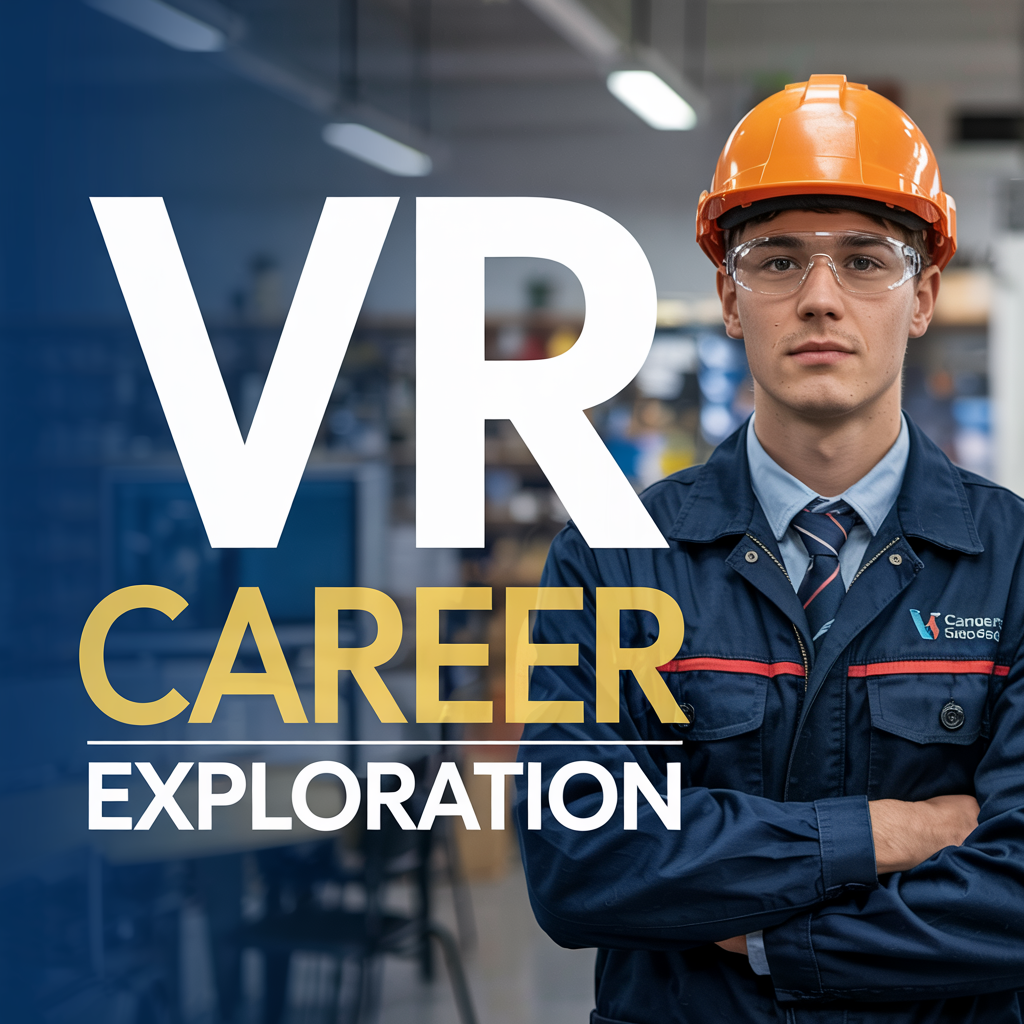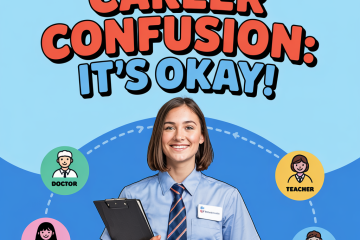Career Exploration Through Virtual Reality & Simulations

Choosing a career path often involves reading job descriptions, watching videos, or talking to people. But what if you could actually experience aspects of a job before committing to years of study? Virtual reality career exploration is an emerging trend using VR headsets and computer simulations to give students a more immersive taste of different professions. While still developing, these tools offer exciting possibilities for the future of career counseling.Check out Cirkled in for more career exploration resources.
Beyond Reading and Watching: Experiencing Careers
Traditional career research is valuable, but it can be hard to truly grasp what a job feels like day-to-day. Reading about being a surgeon is different from experiencing the pressure of a simulated operation. Watching a video about welding doesn’t compare to virtually trying the technique yourself. Immersive career exploration aims to bridge this gap.
What is VR Career Exploration?
It involves using virtual reality (VR) headsets and specialized software that simulate tasks, environments, and scenarios associated with specific jobs. Users can interact with virtual tools, navigate virtual workplaces, and practice skills in a safe, controlled setting. These career simulations provide a hands-on feel that traditional methods lack.
How Can VR and Simulations Help?
Using VR allows students to:
- Gain Realistic Insights: Get a better sense of the actual tasks and environment of a job.
- Explore Visually: See workplaces that might be hard to access otherwise (e.g., an operating room, a construction site, a science lab).
- Practice Skills Safely: Try out technical skills (like welding, surgery, equipment operation) without real-world consequences (vr job training applications).
- Discover Interests: Find out if the day-to-day reality of a job appeals to them before investing heavily in training.
- Increase Engagement: VR can make career exploration more engaging and memorable than passive reading.
- Accessibility: Potentially offers exploration options for students with mobility limitations or those far from certain industries.
It lets you experience careers virtually.
Examples of VR Career Simulations
VR applications are being developed for various fields:
- Healthcare: Surgical simulations, patient interaction practice, anatomy exploration.
- Skilled Trades: Welding, electrical work, plumbing, automotive repair simulations.
- Manufacturing/Engineering: Operating complex machinery, assembly line tasks, design visualization.
- Public Safety: Emergency response scenarios for firefighters or police officers.
- Architecture/Construction: Virtual walkthroughs of building designs, site safety training.
- Aviation: Flight simulators (a long-standing example).
- Education: Classroom management simulations.
Current Limitations and Future Potential
While promising, VR career exploration is still evolving:
- Cost & Access: VR headsets and sophisticated software can be expensive and aren’t widely available in all schools or career centers yet.
- Limited Scope: Current simulations often focus on specific tasks rather than the full complexity and social aspects of a job.
- Realism: While immersive, simulations don’t fully replicate the pressures, unpredictability, and human interactions of real work.
- Development Stage: Many high-quality career simulations are still under development or primarily used for specific job training rather than broad exploration.
The potential is huge, but widespread use in high schools is likely still some years away.
Where to Find These Tools (It’s Still Early!)
Finding access can be tricky:
- Career Centers/Schools: Some forward-thinking high schools, colleges, or career technical centers might have VR labs with career exploration software. Ask your counselor.
- Libraries/Museums: Occasionally offer VR experiences, sometimes including career-related ones.
- Industry Training Programs: Some vocational programs use VR heavily for training.
- Online Platforms: Companies are developing web-based or downloadable career simulation modules, though often focused on specific industries (e.g., Mursion for interpersonal skills, Transfr for skilled trades). You can also explore opportunities on platforms like cirkled in.
Availability is currently limited but expected to grow.
Final Thought: A New Dimension in Career Discovery
Virtual reality career exploration offers a glimpse into the future of how students might discover and prepare for jobs. While not yet a mainstream tool for all, the ability to experience careers virtually through career simulations provides a powerful, engaging way to understand different professions. Keep an eye on this technology – it could add a whole new dimension to your career discovery process.
Need more tips on college applications, scholarships, or just how to survive this whole process? Cirkled In has your back—check out Cirkled In resources to help you through every step of your college journey!



2 Comments
Dwaney · July 15, 2025 at 11:23 am
Good and smart
Amy S · July 17, 2025 at 12:07 am
Thank you, Dwaney! 😊 We like to think “good and smart” is the perfect combo—just like career exploration with a little tech magic! 🚀🧠 Stay curious—there’s more exciting content ahead!